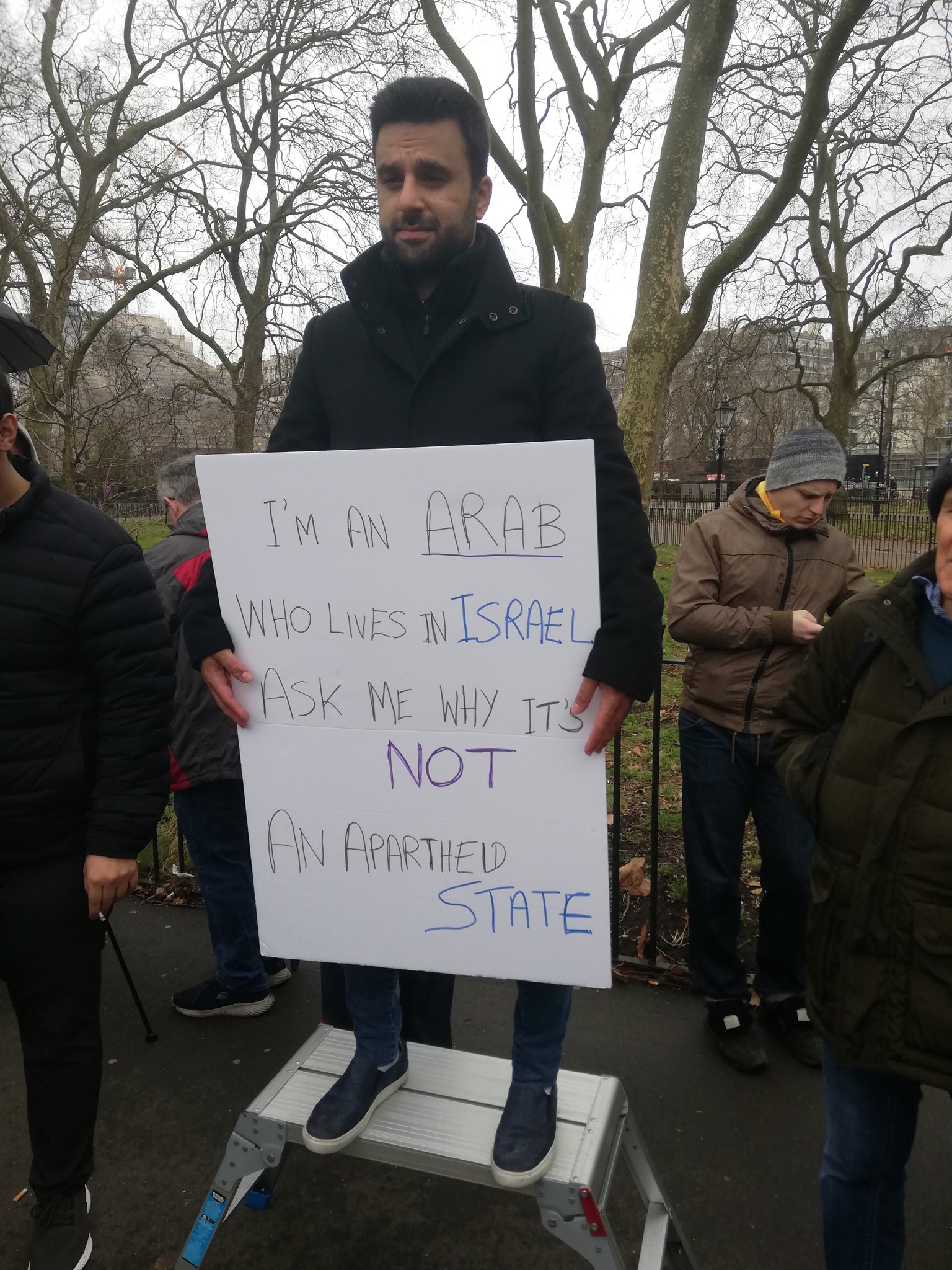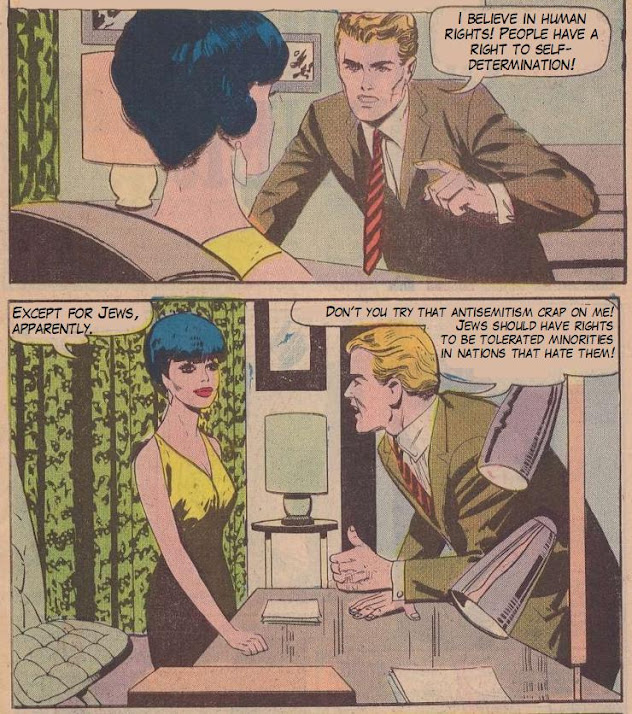The Killing Fields of Ukraine
As Russian troops threaten Ukraine and President Vladimir Putin denies the very existence of the Ukrainian people, it is worth remembering the tragedy that took place between November 1918 and March 1921, when Russian and Bolshevik armies invaded the independent Ukrainian state that had been established in the aftermath of World War I and the Russian Revolution. All civilians, whether they identified as Ukrainians, Russians, Poles, Germans, Jews, or none of the above, became victims of that conflict, commonly referred to as a “civil war.” But the 3 million Jews who lived in the region—about 12% of the overall population—suffered a distinct fate.Vic Rosenthal: Will there be a Magic Carpet for Ukrainian Jews?
Between 1918 and 1921, over 1,000 anti-Jewish riots and military actions—both of which were commonly referred to as pogroms—were documented in about 500 different locales throughout what is now Ukraine. This was not the first wave of pogroms in the area, but its scope eclipsed previous bouts of violence in terms of the range of participants, the number of victims, and the depths of barbarity. Ukrainian peasants, Polish townsfolk, and Russian soldiers robbed their Jewish neighbors with impunity, stealing property they believed rightfully belonged to them. Armed militants, with the acquiescence and support of large segments of the population, tore out Jewish men’s beards, ripped apart Torah scrolls, raped Jewish girls and women, and, in many cases, tortured Jewish townsfolk before gathering them in market squares, marching them to the outskirts of town, and shooting them. On at least one occasion, insurgent fighters barricaded Jews in a synagogue and burned down the building.
The largest of the anti-Jewish massacres left over a thousand people dead, but the vast majority were much smaller affairs: More than half the incidents resulted only in property damage, injury, and at most a few fatalities. The numbers are contested, but a conservative estimate is that 40,000 Jews were killed and another 70,000 subsequently perished from their wounds, or from disease, starvation, and exposure as a direct result of the attacks. Some observers counted closer to 300,000 victims. Most historians today would agree that the total number of pogrom-related deaths within the Jewish community between 1918 and 1921 was well over 100,000. The lives of many more were shattered. Approximately 600,000 Jewish refugees were forced to flee across international borders, and millions more were displaced internally. About two-thirds of all Jewish houses and over half of all Jewish businesses in the region were looted or destroyed. The pogroms traumatized the affected communities for at least a generation.
This morning’s paper discusses the plans being made for the possible aliya of the roughly 250,000 Ukrainians who are eligible for Israeli citizenship under the Law of Return. Several government ministries and the army are making preparations to bring them to Israel, provide identity documents, places of temporary residence, and financial aid for them, if it should happen that war breaks out in Ukraine and many of them want to come.Biden Ignoring Budapest Memorandum Commitments to Ukraine
This recalled previous mass immigrations to Israel since the founding of the state: the “displaced persons” of Europe, many of them survivors of Nazi concentration camps; the refugees expelled from Arab countries after 1948; the Eastern and Central European Jews who no longer had homes in Europe; the Yemenite Jews brought home in 1949 by Operation Magic Carpet; the Jews from the institutionally anti-Jewish Soviet Union; and the continuing operations to rescue the Jews of Ethiopia.
In addition to those waves of aliya there is a continuous stream of immigrants arriving from various other places such as South America, Western Europe (especially France), and the US and Canada. The flow waxes and wanes along with economic and political changes, and of course antisemitism. In recent years, Ukraine has accounted for the second largest number of olim (after Russia).
Israel’s Law of Return says that any Jew or the child or grandchild of a Jew or their spouses, can come to Israel and be granted Israeli citizenship. Exceptions are made for someone who “is engaged in an activity against the Jewish people,” criminals, those who are a danger to “public health or security of the state,” and “a person who has been a Jew and has voluntarily changed his religion.”
And who is a Jew? The law says one who is “a person who was born of a Jewish mother or has become converted to Judaism and who is not a member of another religion.” As everyone knows, the question of conversion is a hot potato, with the religious establishment insisting that only an Orthodox conversion – and indeed, only some Orthodox conversions – are acceptable, while the Interior Ministry, which controls granting citizenship, accepts non-Orthodox conversions outside of Israel.
To induce Ukraine to give up the nuclear weapons inherited on the dissolution of the Soviet Union, the U.S., Great Britain and Russia agreed to provide assurances. If Washington were to allow Russia to gobble up the rest of Ukraine, it would tell non-nuclear states they must have nuclear arsenals because they cannot rely on the nuclear weapons powers for security.
Biden's threats have been unpersuasive and so far Putin has not been persuaded.
Biden immediately sanctioned the two regions but did not impose costs on the bad actor, Russia. He has promised further measures, but only after an invasion. Moreover, his sanctions are unlikely to be so severe as to force Putin to leave Ukraine. In fact, on the 15th of this month, Biden made it clear that sanctions would be less than regime-threatening.
It is now time for the United States to remember the promises made—those in writing and those made informally.
Putin, after all, will not stop at Ukraine.



































.jpg)



